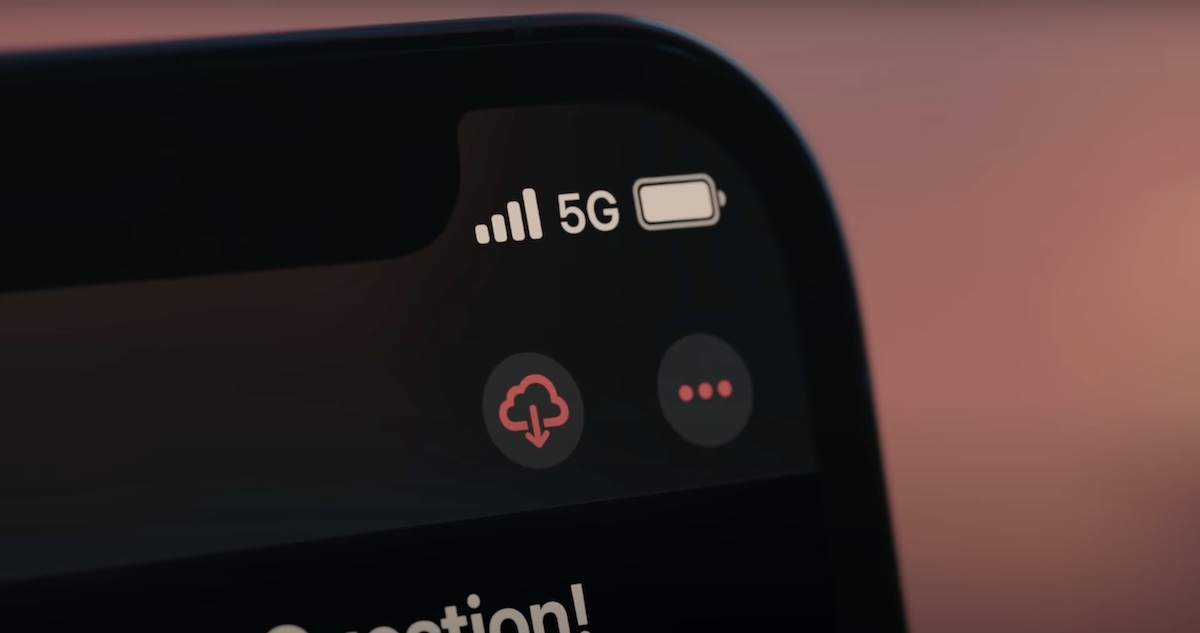Apple is reportedly working on introducing two new satellite features exclusively for emergency situations. Bloomberg claims that the company will launch the capabilities in future iPhones, they will not be released in the upcoming iPhone 13 series expected on September 14 this year.

Earlier, TF Securities analyst Ming-Chi Kuo wrote in this latest investor note that iPhone 13 will feature a customized baseband chip to offer a low-earth-orbit (LEO) satellite communication mode. In partnership with Globalstar’s satellite communication service users will be able to send text messages and make calls. The new report gives more precise details of the scope and usage of the alleged features.
Apple will equip future iPhones to send texts and make calls in emergencies via satellite networks
A person familiar with the technology said that the company is focusing on two emergency features for areas with poor or no cellular coverage. Replying on satellite networks, users will be able to send a text to first responders/contacts and report crashes in the areas. The company’s focus is on the texting feature and the calling capability will be added later.
The texting feature called Emergency Message via Satellite will be integrated into the Messages app as a third protocol, in addition to SMS and iMessage. The emergency text will appear in a gray bubble instead of green or blue. And it will also be used to report major emergencies like accidents, plane crashes, and others via calls on satellite networks.
The texting-via-satellite tool, codenamed Stewie inside Apple, will restrict messages to a shorter length. The texts will automatically push through to an emergency contact’s phone, even if the do-not-disturb setting is on. One planned design will let a user send the message by typing “Emergency SOS” where they would usually input a contact name. In addition to delivering texts, the service may eventually be able to handle some phone calls too.
Such an option will be useful in areas such as mountains or remote lakes, where 4G or 5G coverage may be unavailable. As part of its broader efforts, Apple has even considered eventually deploying its own satellites, but this feature is likely to rely on existing networks.
In addition, the feature will share the user’s location and Medical ID with the emergency services and notify his/her emergency contact. The report clarifies that the capabilities will not be part of iPhone 13 and at the moment will not end-users reliance on cellular networks.
That’s led to conjecture that the iPhone will become something akin to a satellite phone, freeing users from having to rely on cell networks. But Apple’s plan is initially more limited in scope, according to the person, with the focus on helping customers handle crisis scenarios.
And though the next iPhone could have the hardware needed for satellite communications, the features are unlikely to be ready before next year, said another person, who asked not to be identified because the plans aren’t yet public. The features could also change or be scrapped before they’re released.
The link to a satellite network will not work instantaneously and users will be asked to be outdoors and walk in a specific direction. However, the availability of the feature will depend on local laws and satellite networks. So, the features will not be offered in every country. Apple already offers an SOS Emergency feature in Apple Watch which has proven to be life-saving in serious situations.
1 comment
Comments are closed.